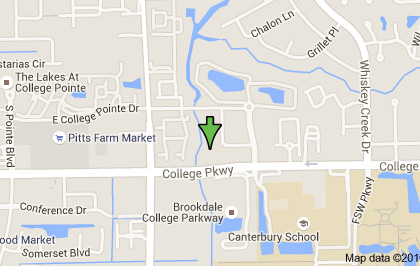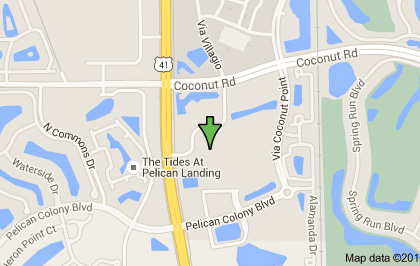Services: Diagnostic Testing
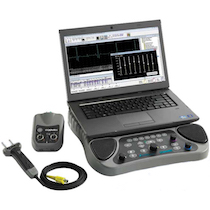
EMG/NCV
Nerve Conduction Velocity testing (NCV) as well as electromyography (EMG) are performed within the office at OCF to diagnose nerve, muscle as well as neck and lower back pain. This test is used in conjunction with your clinical examination as well as any MRIs that may need to be performed to diagnose numbness, tingling, pain, weakness or muscle cramping/twitching in your arms, legs, neck or back. We can also do Botox with EMG guidance for disorders such as cervical dystonia, and upper limb spasticity. These disorders can frequently happen in patients who have multiple sclerosis or strokes.
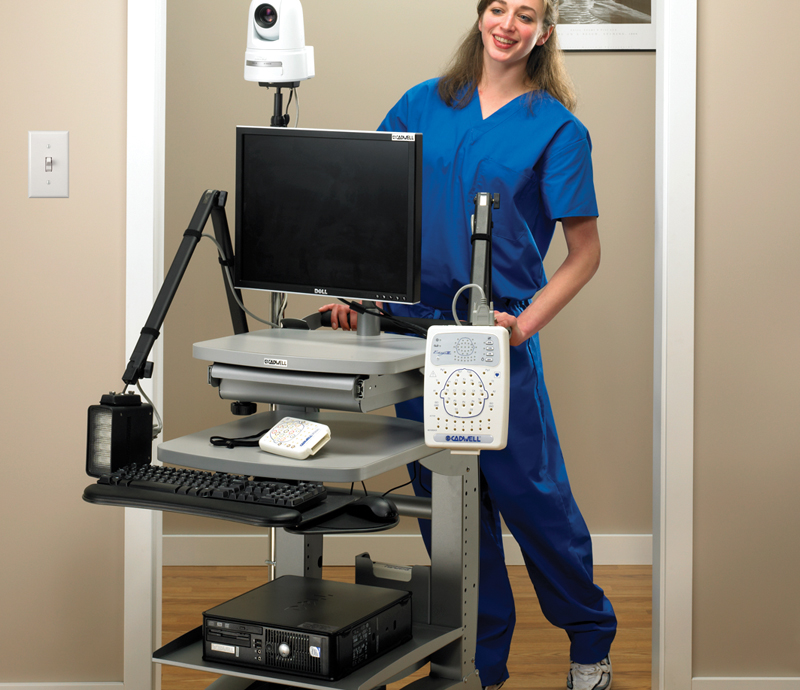
EEG
The electroencephalogram (EEG) test is used to detect abnormalities related to electrical activity of the brain. This procedure tracks and records brain wave patterns. Small metal discs with thin wires (electrodes) are placed on the scalp, and then send signals to a computer to record the results.
EEG is most often used to diagnose epilepsy, but can also be used to diagnose sleep disorders, damage to nerves in the brain. EEG can also used to be a first-line method of diagnosis for tumors, stroke and other focal brain disorders.
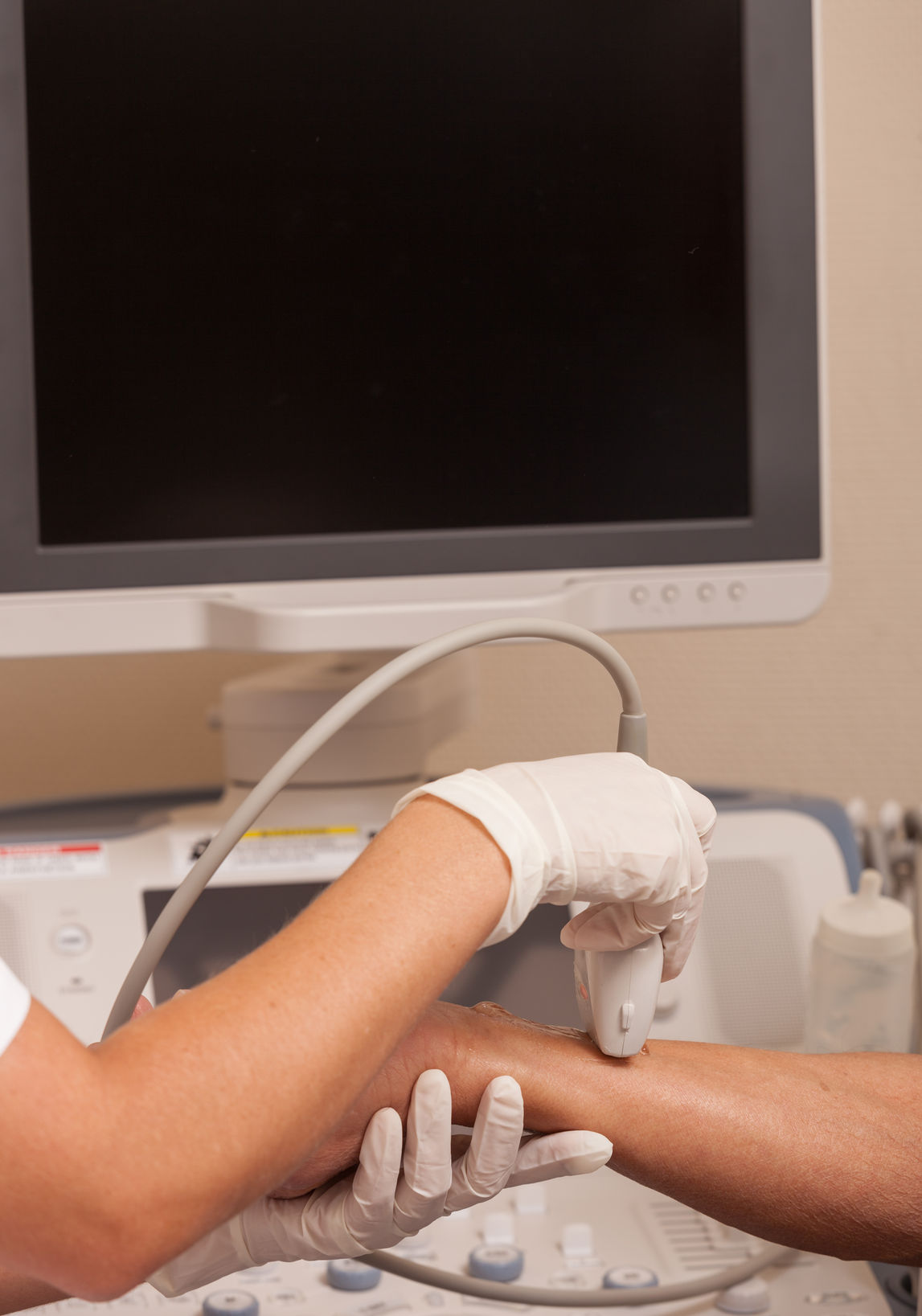
Vascular Ultrasound
A vascular ultrasound is a non-invasive ultrasound method (also called a duplex study) used to examine the circulation in the blood vessels of the body. Vascular ultrasound can be used to evaluate arteries or veins in nearly any part of the body, including blood vessels in the neck, abdomen, arms and legs. This technology uses sound waves to evaluate the body’s circulatory system and helps identify blockages and detect blood clots. This is often used to evaluate a patient’s ability to heal from surgery. Many patients, including smokers and those with diabetes, may benefit from this routine non-painful screening test.

